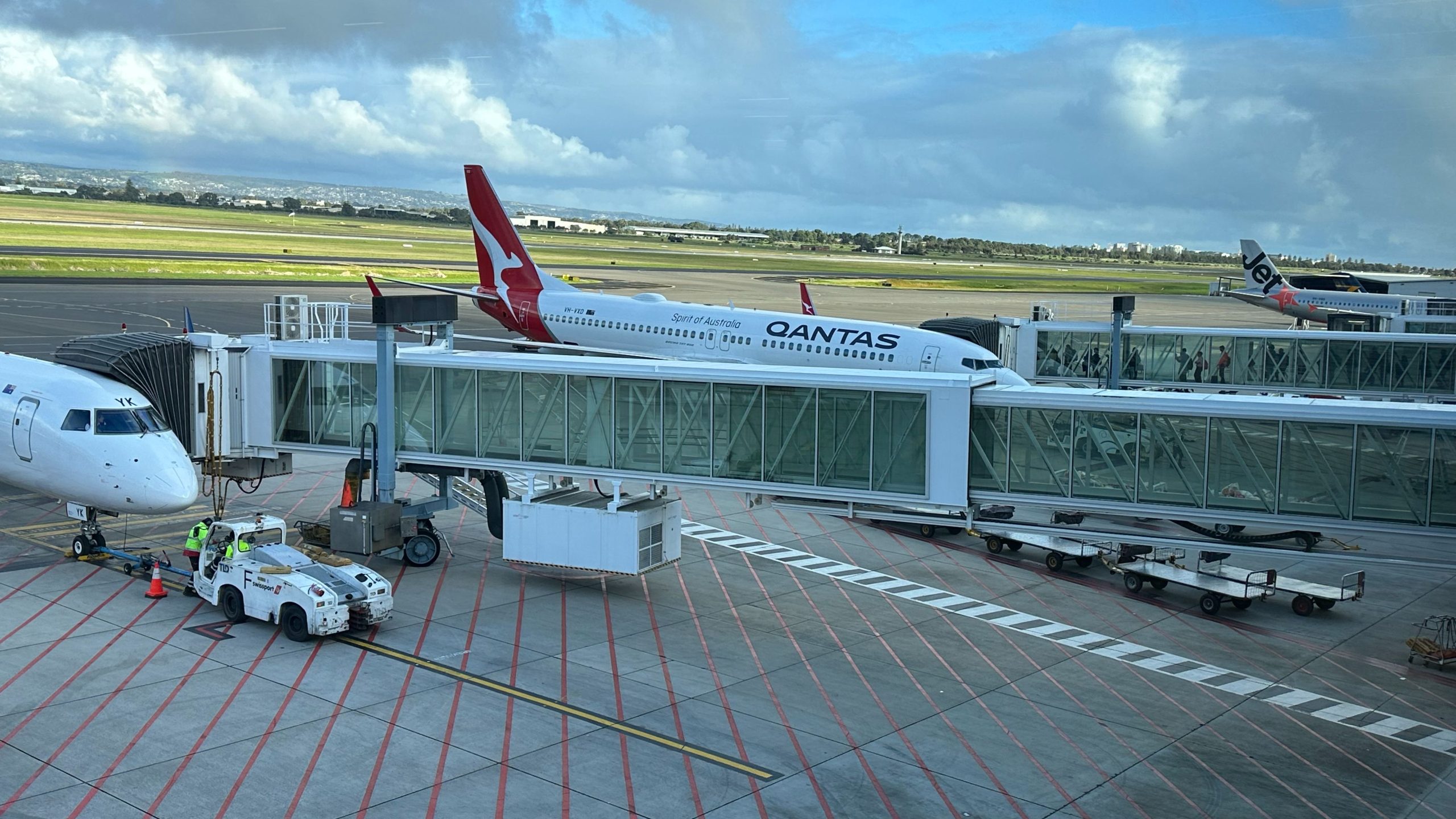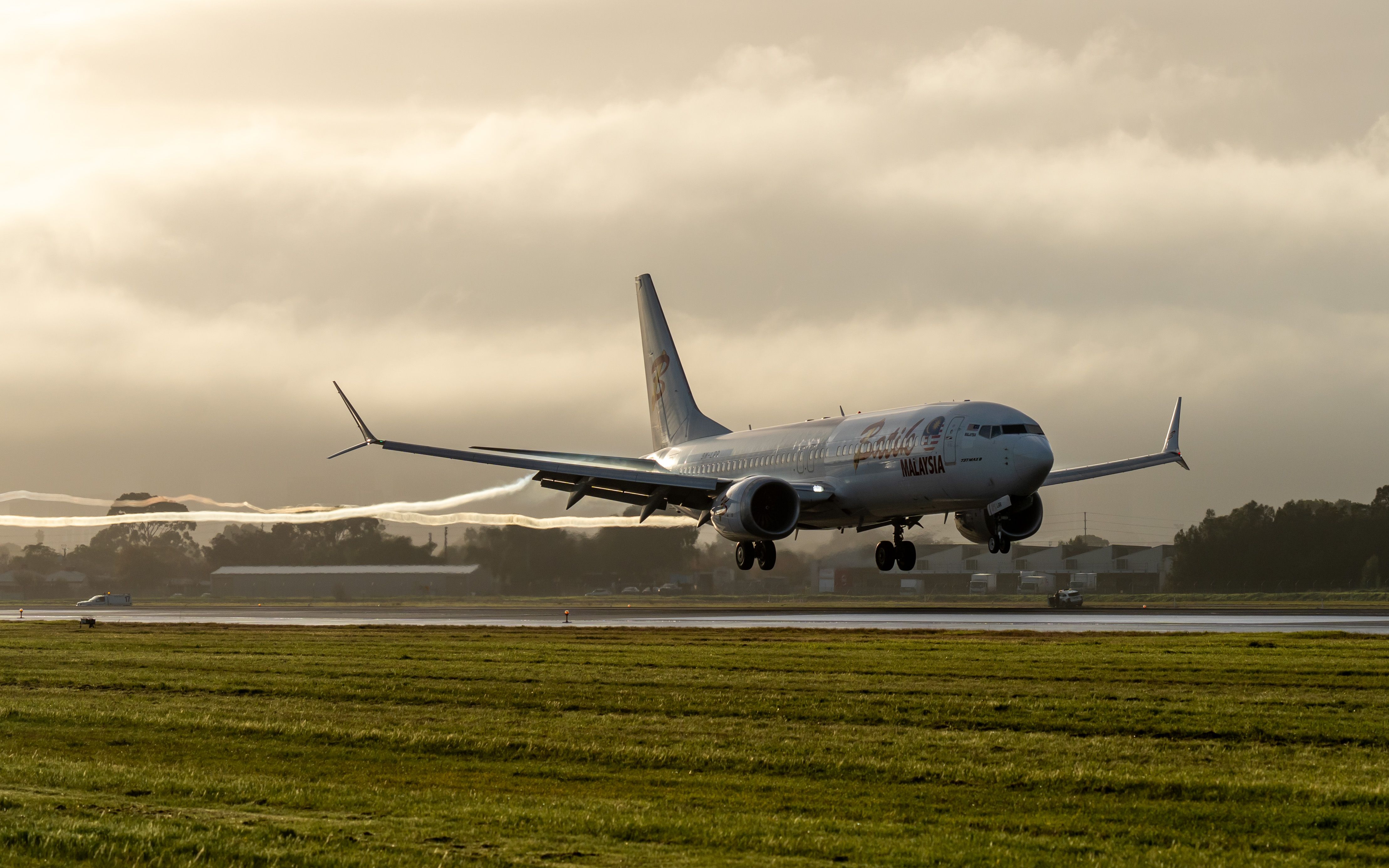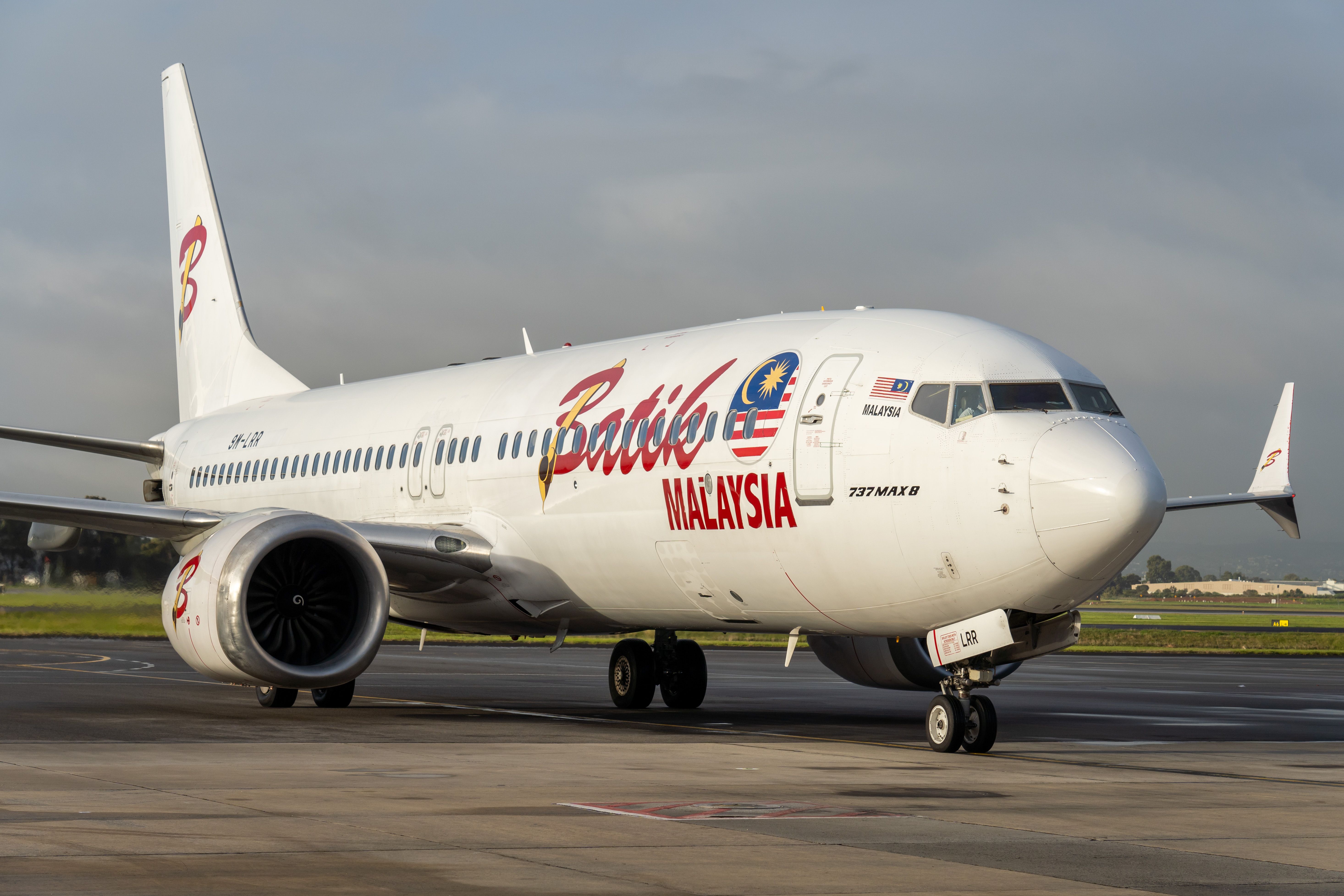Summary
- Adelaide Airport is focusing on resurfacing its runways and taxiways as part of its maintenance program to ensure a safe operating environment.
- The resurfacing project requires over 60,000 tonnes of asphalt, covering 413,000 square meters of runway and taxiways.
- The airport will carry out the resurfacing work during curfew hours between 23:00 and 06:00 to minimize disruption to scheduled services.
Currently the big news around airports centers on touchless technology, biometrics, and switching ground service equipment to emissions-free technology. Australia’s Adelaide Airport has done all that, but now its focus is on something much more rudimentary: resurfacing the airport’s runways and taxiways.
Quick work is needed every night
The resurfacing work, which needs to be done every ten to twelve years, is part of the airport’s ongoing maintenance program that keeps a safe operating environment for all aircraft and passengers. The program started last week and is expected to be completed by August 2024, with most work being carried out during the airport’s curfew hours between 23:00 and 06:00.
Photo: Adelaide Airport
Adelaide Airport (ADL) CEO Brenton Cox said the pavement re-surfacing would require significantly more asphalt than that used to reseal roads around Adelaide.
“All up the resurfacing project requires more than 60,000 tonnes of asphalt to cover 413,000 square meters of runway and taxiways. The same amount of asphalt would be enough to reseal a 40 kilometers (30 miles) stretch of road between Adelaide and McLaren Vale.”
Each night, the workers will remove and then re-surface each section of runway or taxiway and have it completed and ready for when the first flight departs at 06:00 each morning. Working through the curfew hours will minimize disruption to scheduled services, although the curfew rules permit a small number of freight and emergency aircraft to operate.
An average of around 10-15 aircraft per night are allowed to land during curfew, and these will be handled on the southeast to northwest cross runway. Cox said curfew limits restrict the types of aircraft that can operate, the number of flights permitted and the types of operations allowed.
“We have been notifying neighboring residents and those under the cross runway flight path prior to the main runway closures so that they are aware there may be increased noise impact. This is essential maintenance but we recognise there will be disruptions to local communities and thank them for their patience and understanding over the coming months.”
What are the curfew exceptions?
Whenever night curfews are discussed in Australia, the conversation turns to the nation’s largest airport, Sydney Kingsford Smith Airport (SYD), which has the same 23:00 to 06:00 curfew as Adelaide. The two other main airports, Melbourne (MEL) and Brisbane (BNE), have no curfews and are an attractive option for long-haul carriers who want to arrive during the night and be back in Asia, the US or Europe at whatever time suits their schedules and connections.
Photo: Adelaide Airport
An often misunderstood fact is that night curfews, such as at Adelaide Airport, are not a blanket restriction on aircraft operations at night. They restrict activity to certain aircraft types and operations between 23:00 and 06:00 but do not apply in cases of emergency or authorized “exceptional circumstances.” Some of the exceptional circumstances where the relevant government minister can grant a dispensation include:
- The aircraft is being used for or in connection with a search and rescue operation, a medical emergency or a natural disaster.
- The pilot has declared an in-flight emergency.
- The aircraft has insufficient fuel to be diverted to another airport.
- In circumstances where there was an unforeseen and immediate interruption to services causing a delay into the curfew period.
Beyond the out-of-the-ordinary, the size and type of the aircraft determines how many of their movements are permitted during the curfew period. For example, international passenger movements are allowed between 23:00 and 00:00 and between 05:00 and 06:00, subject to the aircraft meeting the strictest ICAO standards, and there are no more than eight movements per week, with no take-offs and a maximum of eight landings.
What are your thoughts? Let us know what you think in the comment section.



